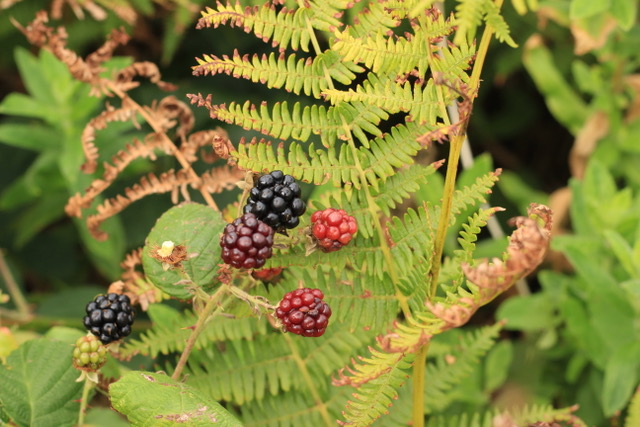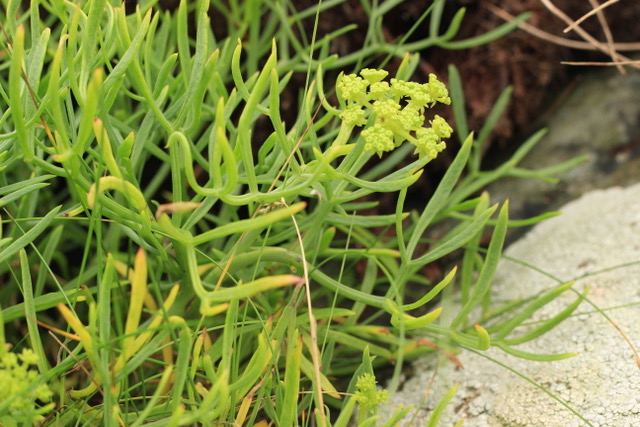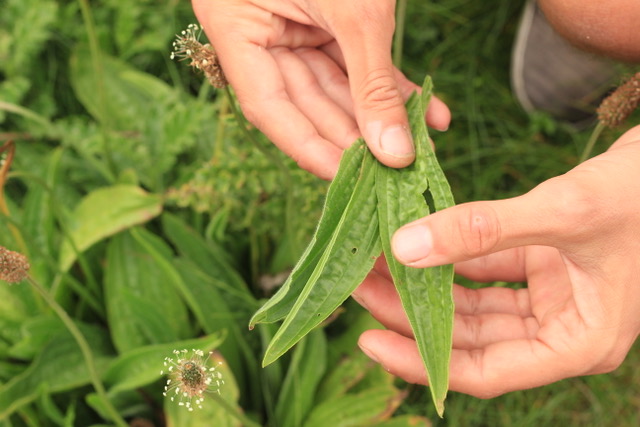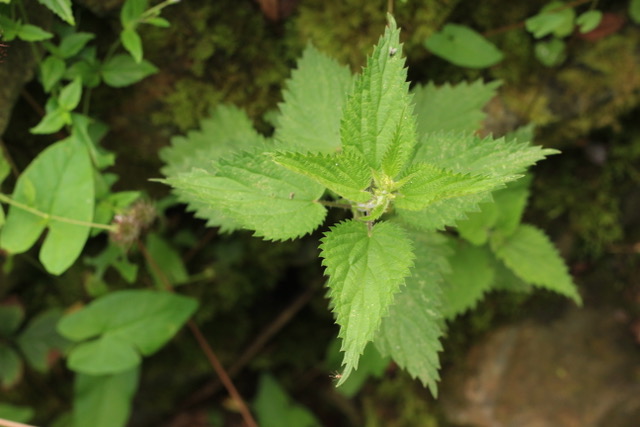Foraging in St Ives
October 9th, 2019
with Josh Quick (by Kaz Turnbull)
This time of year has to be my favourite. Over the next month the flowers start to fall away leaving their buds behind, the leaves change colour, the preparation for winter is quite a magical process.
Autumn in St Ives
Despite all that there are a few things left to find on the coast. Take the path from Porthmeor Beach just beyond the bowling green and towards Mans Head, this will bring you to a place called Clodgy. You get breathtaking views across the sea, the coastline really opens out and looking back on yourself you can see the energy of Porthmeor Beach and just how small St Ives really is.

Josh Quick from Wild St Ives
I went for a short walk with Josh Quick last month, our very own forager in St Ives. He studied Ethnobotany over at Duchy college for a few years, and is self-taught from books, other foragers and actual hedgerows! He has been studying this subject for over 10 years now so his knowledge is impressive. He launched Wild St Ives a couple of years ago and is busy giving talks and walks to people keen to learn about the edible and medicinal habitat we are lucky to have.
What’s out there on the St Ives Coast Path?
I am going to give just 3 very straightforward examples of what is out there, ready to use, for free!
Rock Samphire (Crithmum Maritimum)

(1) grows between a rock (hence the name) and the sea
(2) loves the salty air
(3) succulent like leaves and a yellowy flower
(4) at its best in July and August
(5) great to pickle or prepare with fish by sautéing with butter and garlic
(6) eat it raw from the rocks and its got a lemony taste.. delicious
Ribwort Ribwort Plaintain (Plantago Lanceolata)

(1) common and very hardy so grows in many places
(2) can fry up the leaves like kale
(3) flower heads can taste mushroomy but best in spring
(4) seeds can be extracted and are a bit similar to chia seeds so can be used as a sprinkle for ruffage
(5) the best use of this is for nettle stings: Crush it in your palm to release the liquid and rub on a nettle sting – it’s so much better than dock leaves which are the common remedy
Nettles (Urtica Diocia )

(1) abundant!
(2) careful when picking but the common nettle is brilliant for eating – cook it up in a soup or blend it (which removes the sting) for smoothies
(3) this time of year is best to collect the seeds, which you can grind up with a coffee grinder and combine with honey providing a stimulating health tincture
Getting in touch with Wild St Ives
This is a very brief introduction to foraging: Obviously over the spring and summer periods there is more choice but this time of year is about collecting what is left before things die off for winter – preserving and storing.
If you come to St Ives watch out for more wild food and botanical workshops with Josh next year. He can be found on Instagram and Facebook.
And no matter what the weather you can always enjoy the amazing South West Coast Path that is just minutes from the Cohort’s front door.
